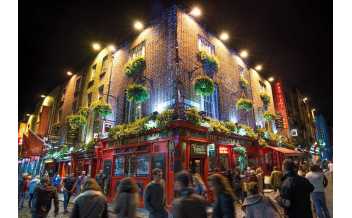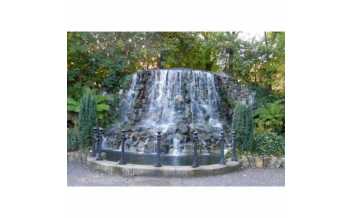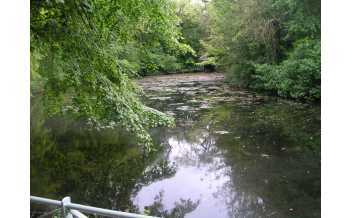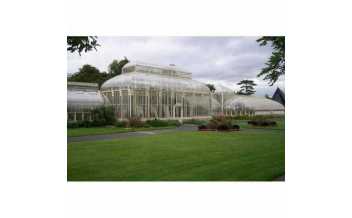Explore More
Activities
-
Brú na Bóinne - Archaeological Ensemble of...
The three main prehistoric sites of the Brú na Bóinne Complex, Newgrange,...
-
-
-
-
Dublin Castle, Dublin
The castle has been here since Norman times and was the seat of British rule...
-
Garden of Remembrance, Dublin
Linking Irish myth with Irish history, this small garden reflects Ireland’s...
-
Great Sugar Loaf, Wicklow
This quartzite hill is at the end of the Wicklow Hills and is a good way to...
-
Iveagh Gardens, Dublin
Dublin’s secret garden has been well-hidden since 1865, passed from owner to...
-
Malahide Castle & Gardens
Built by the Talbot family in 1185, this castle now belongs to the Irish...
-
-
National Botanic Gardens, Dublin
The Gardens were founded in the 18th century for medicinal and agricultural...
-
People's Park, Dún Laoghaire
Though the park is Victorian in style, the site has been used since the 5th...
-
-
Powerscourt House & Gardens, Wicklow
This Palladian style house was originally a medieval castle. It belonged to...
-
Saint Anne's Park, Dublin
A former Guinness estate, the Park was created in 1835 and has lots of water...
-




















![Niki.L [CC BY (https://creativecommons.org/licenses/by/3.0)] Niki.L [CC BY (https://creativecommons.org/licenses/by/3.0)]](https://www.divento.com/35717-home_default/sceilg-mhichíl-ireland.jpg)

